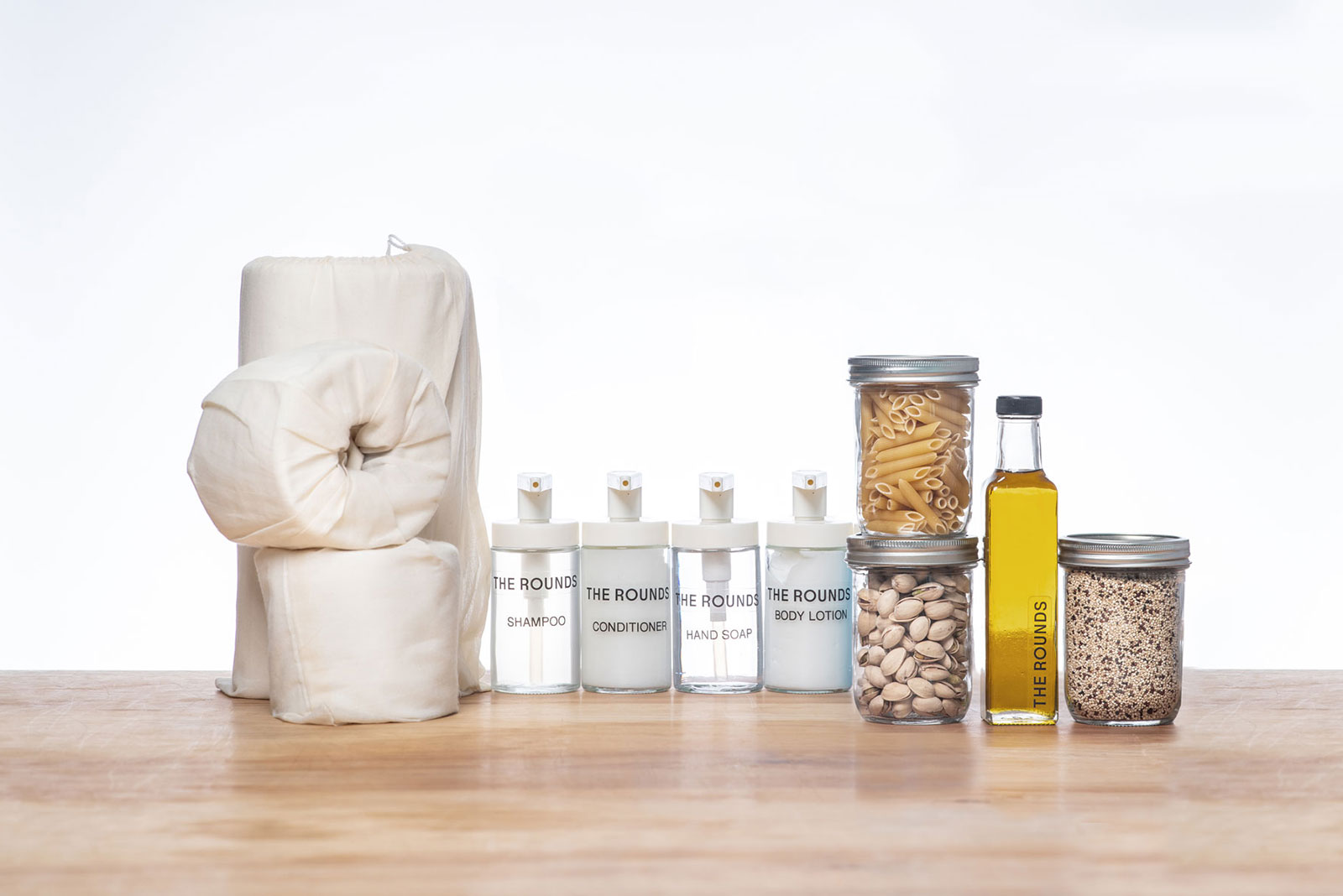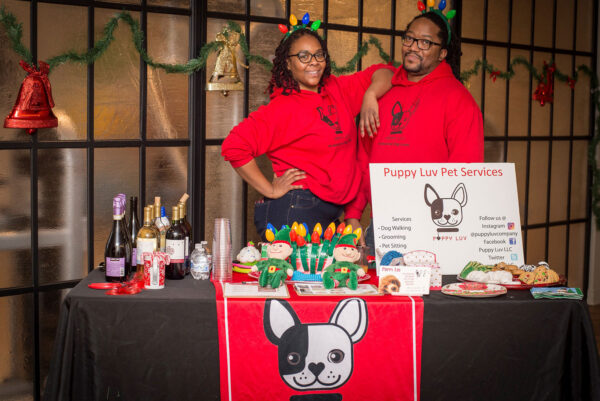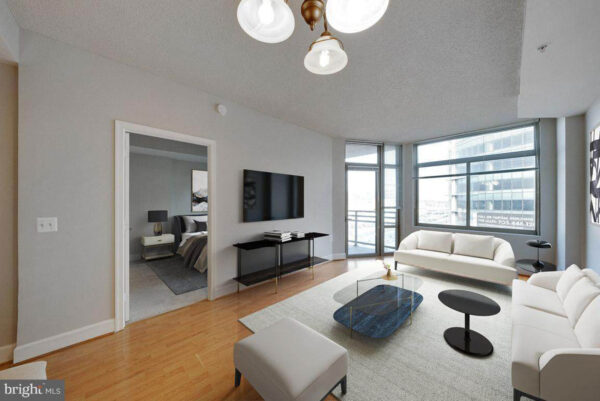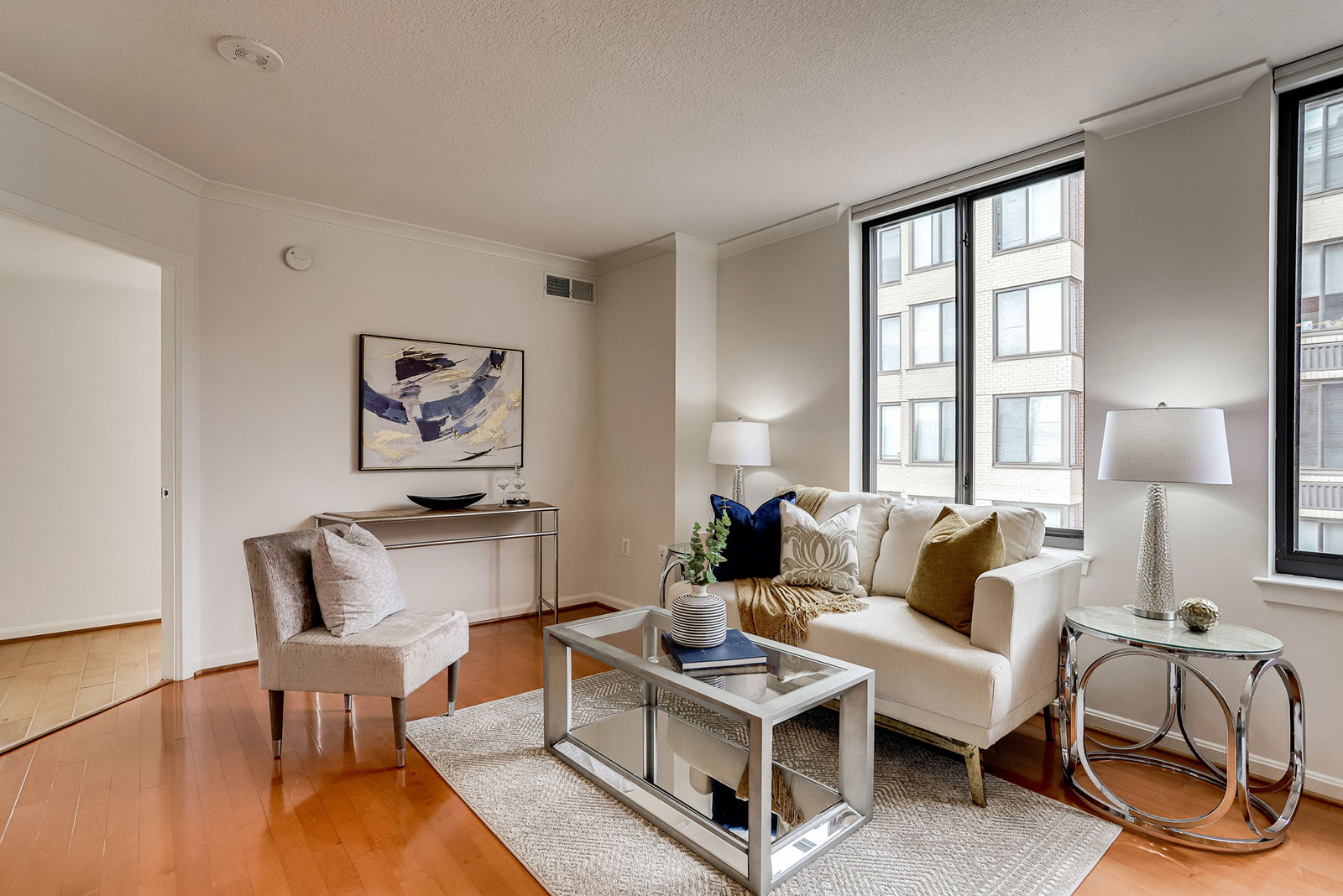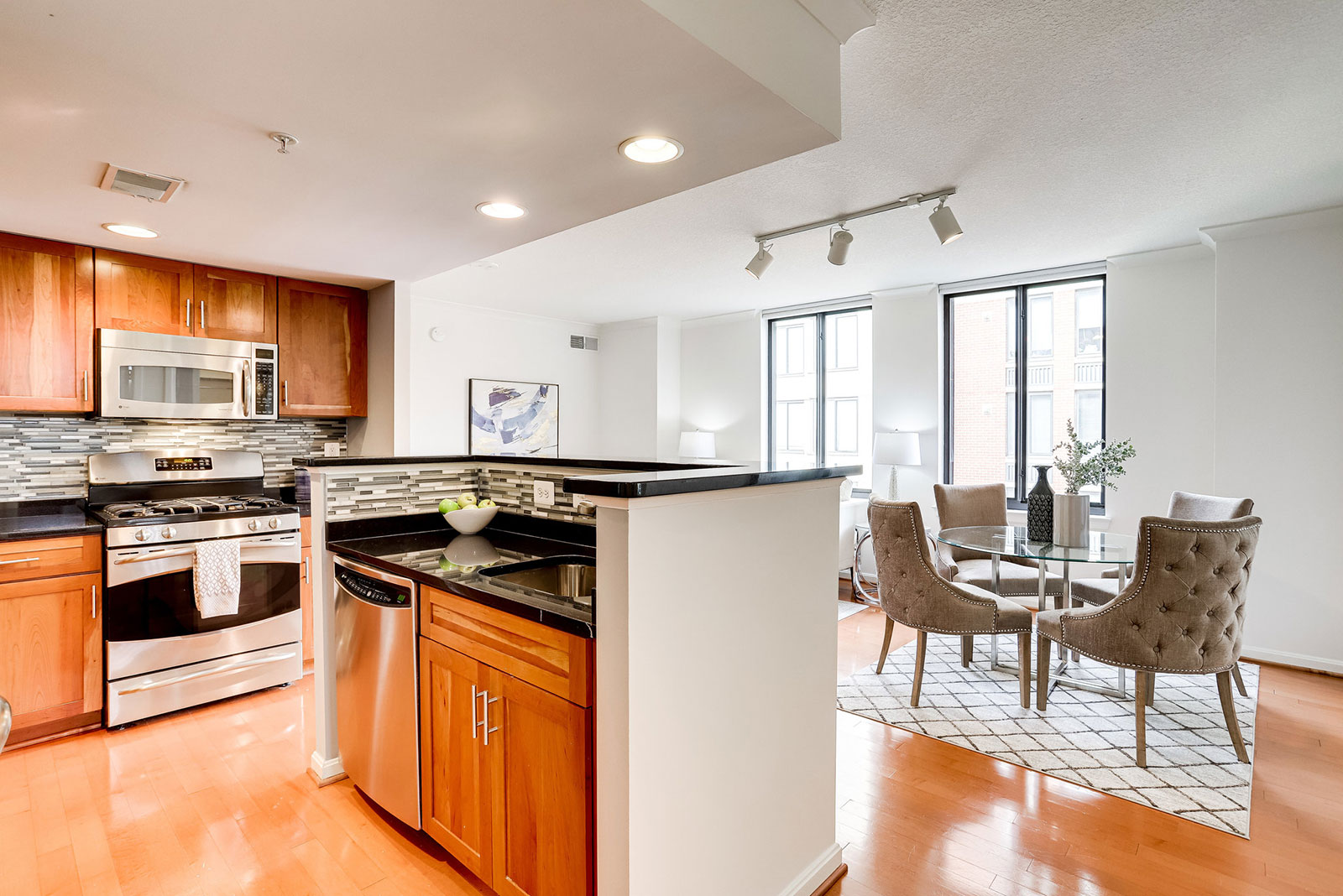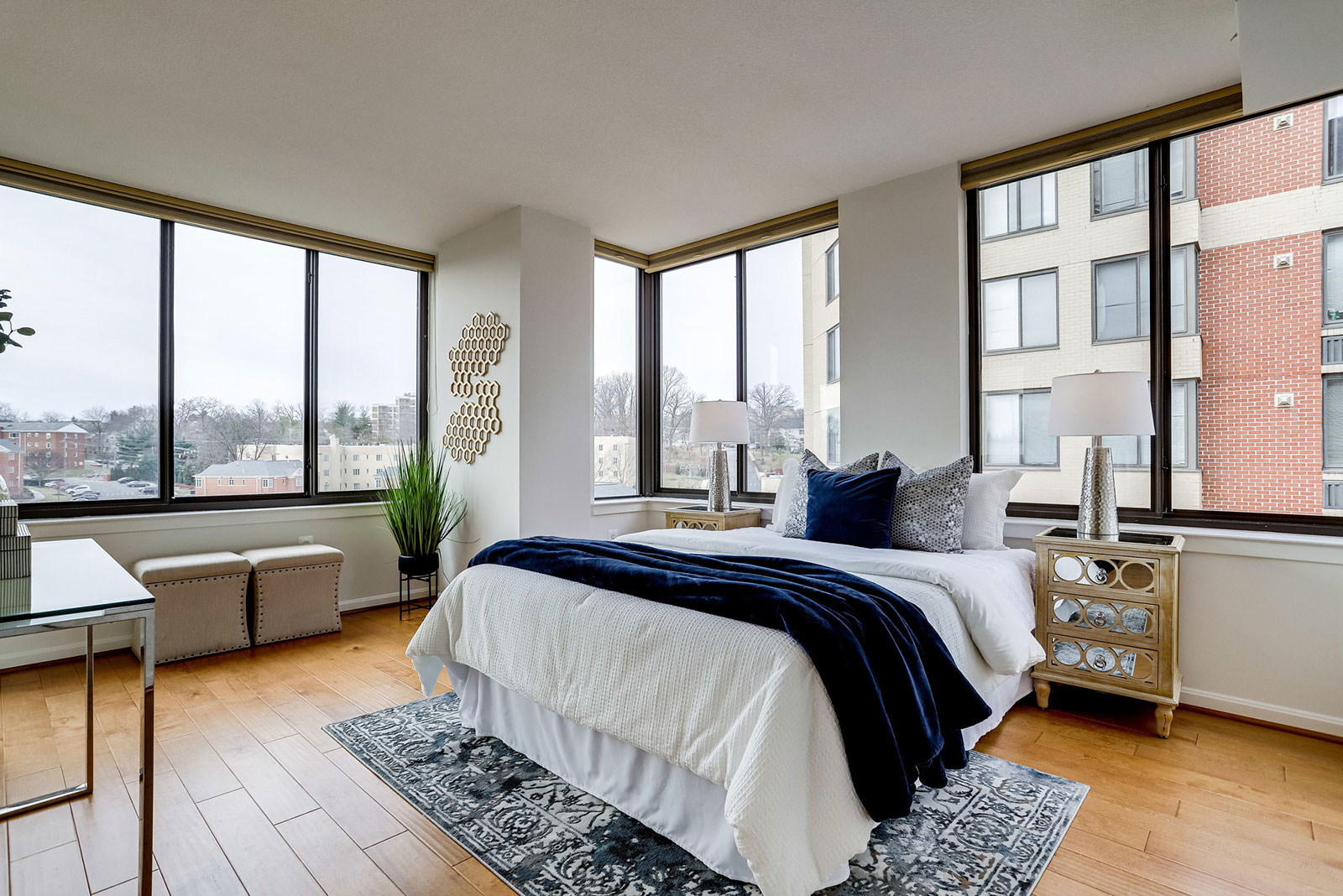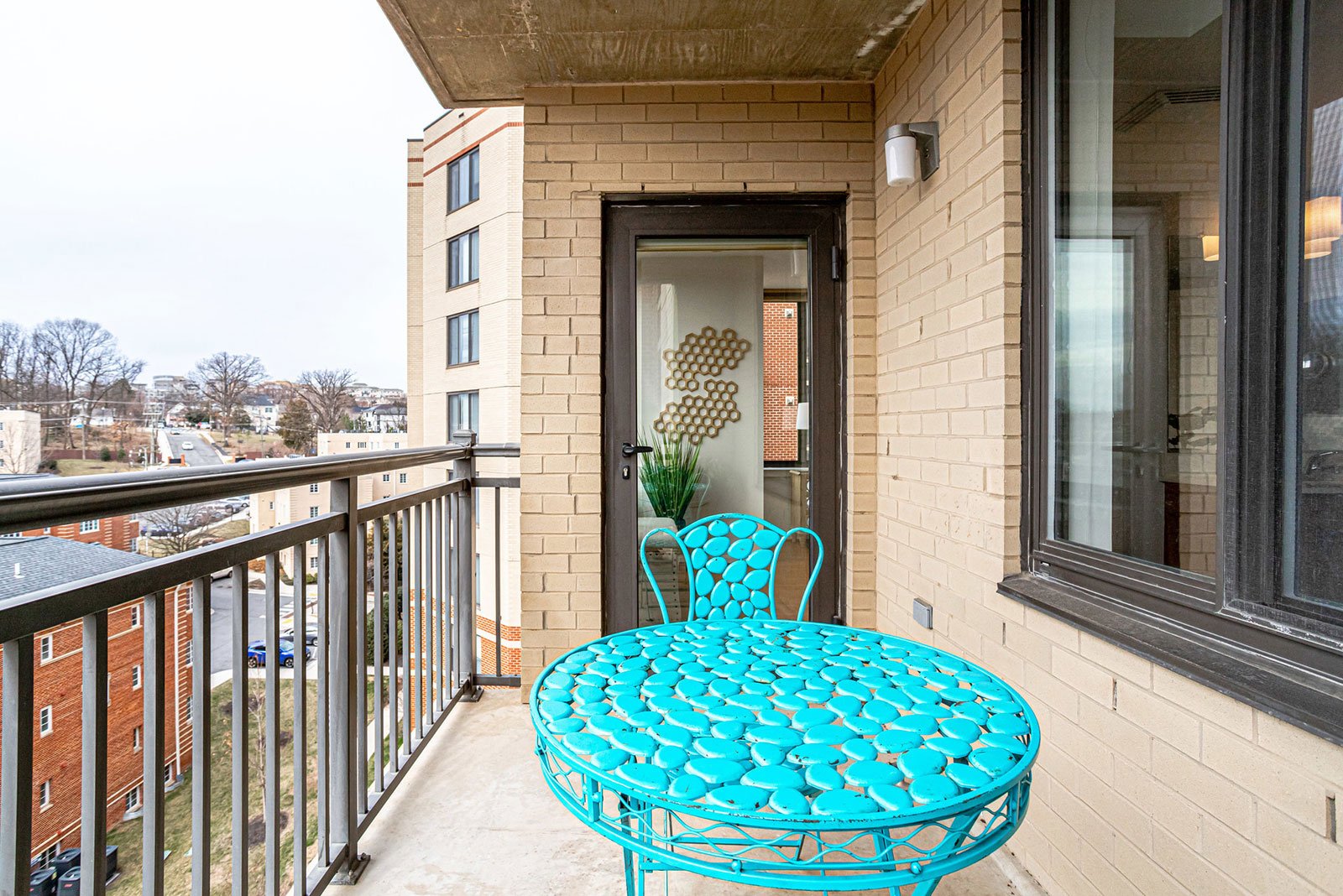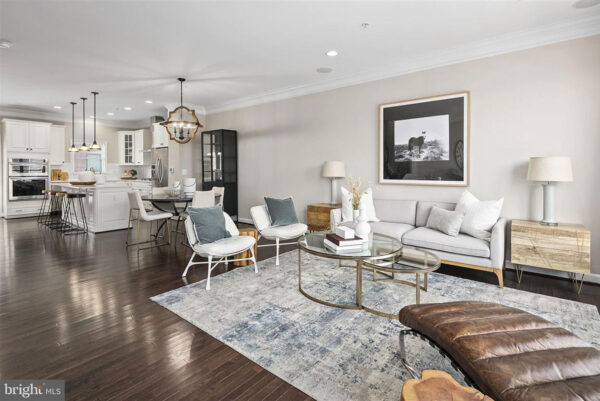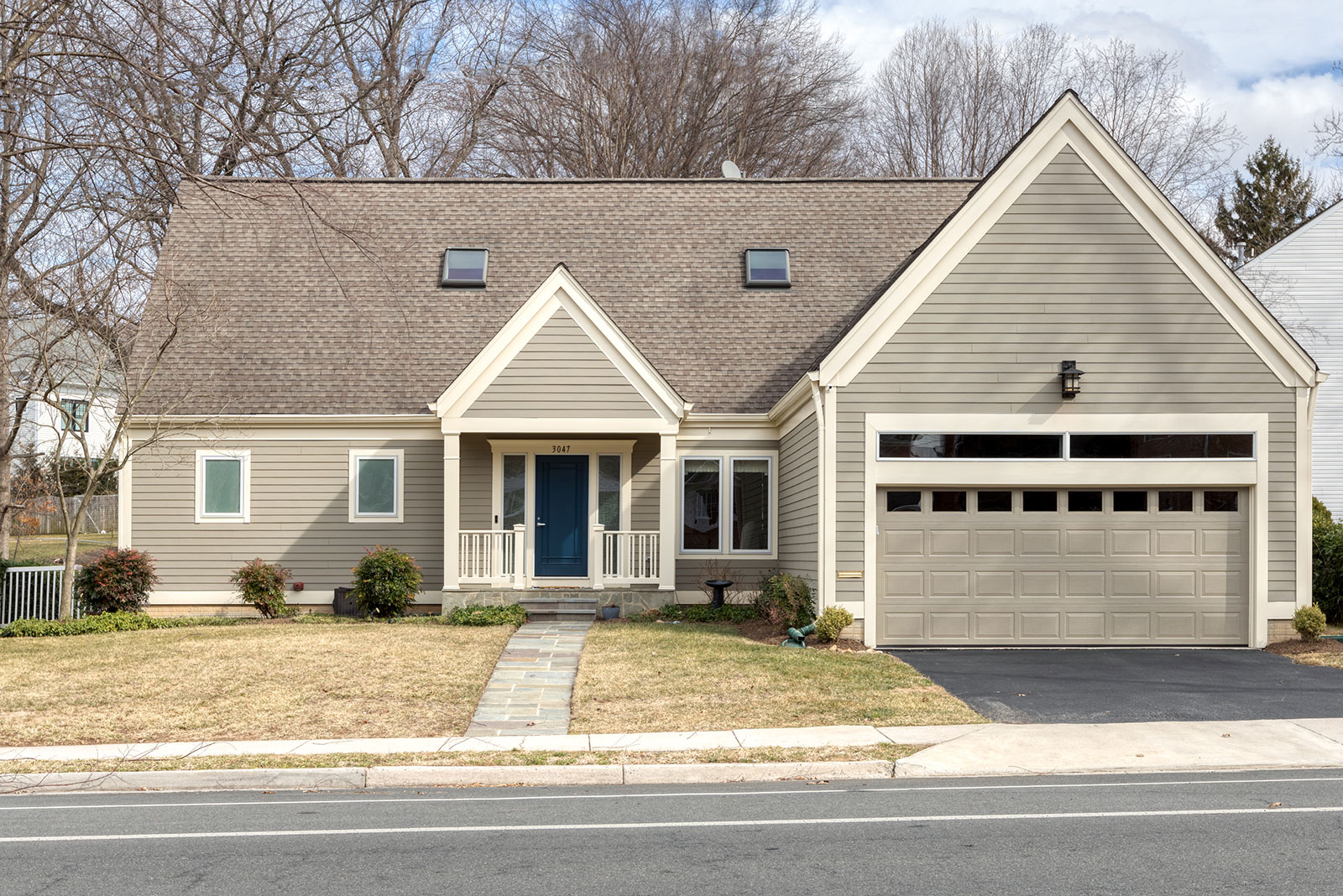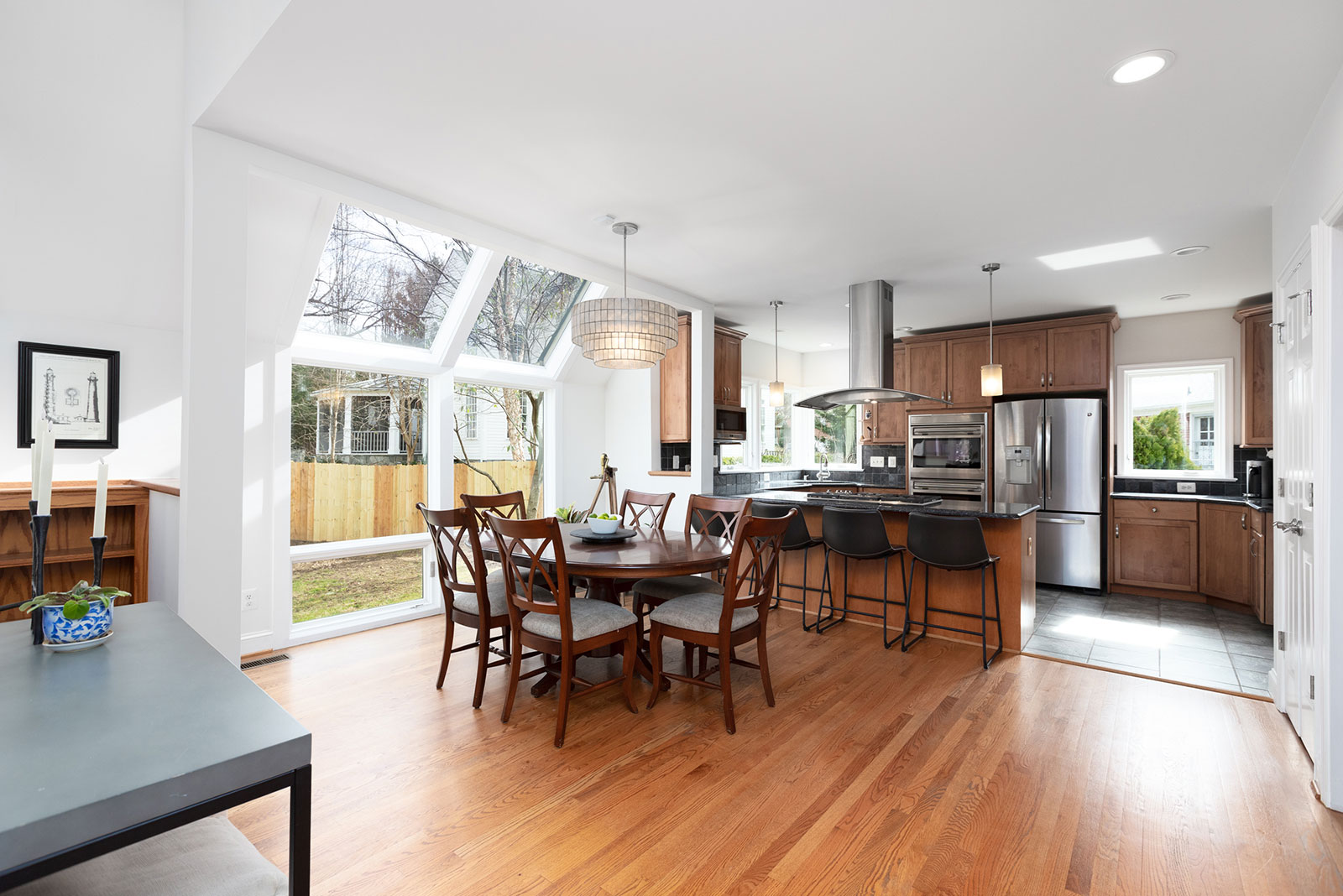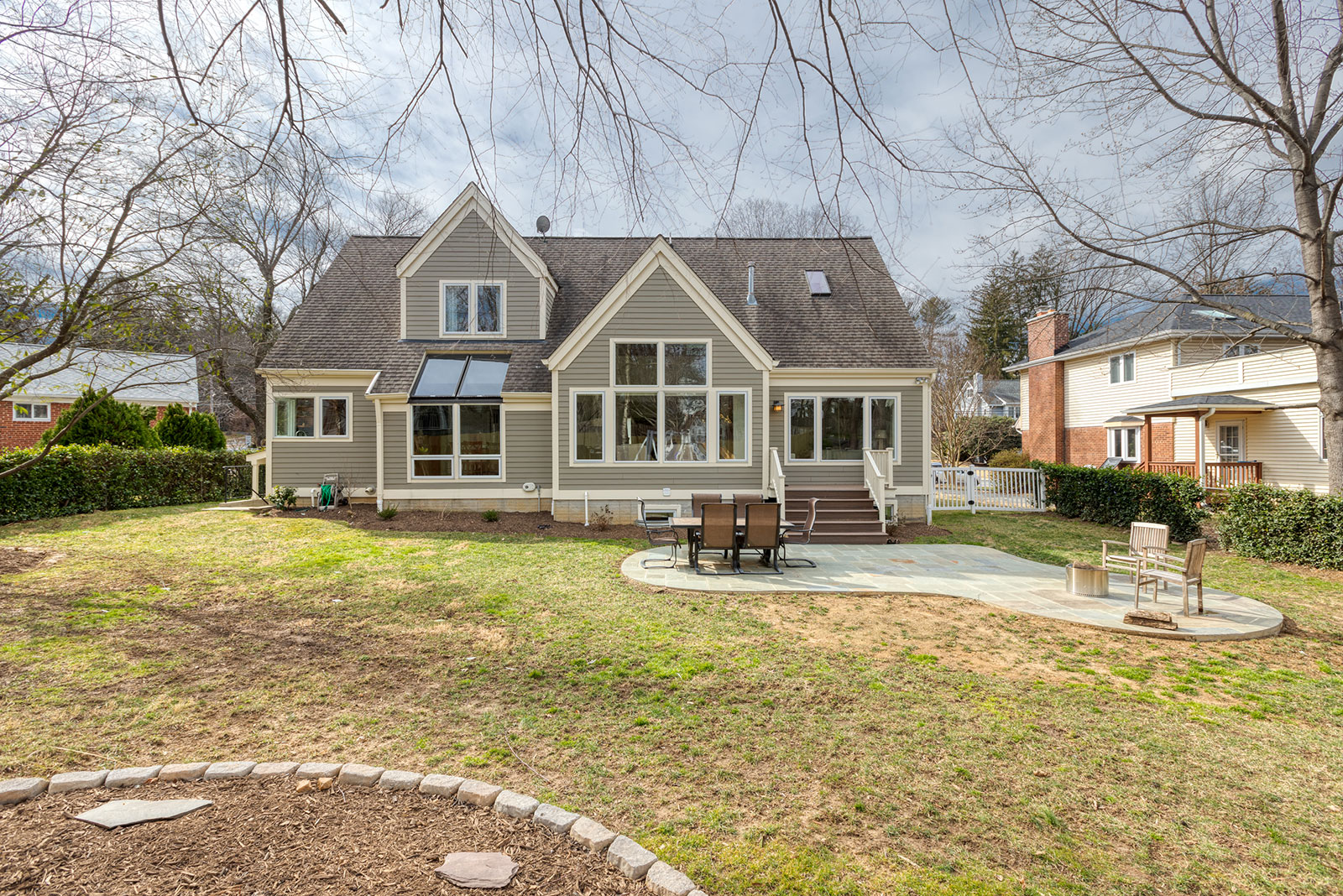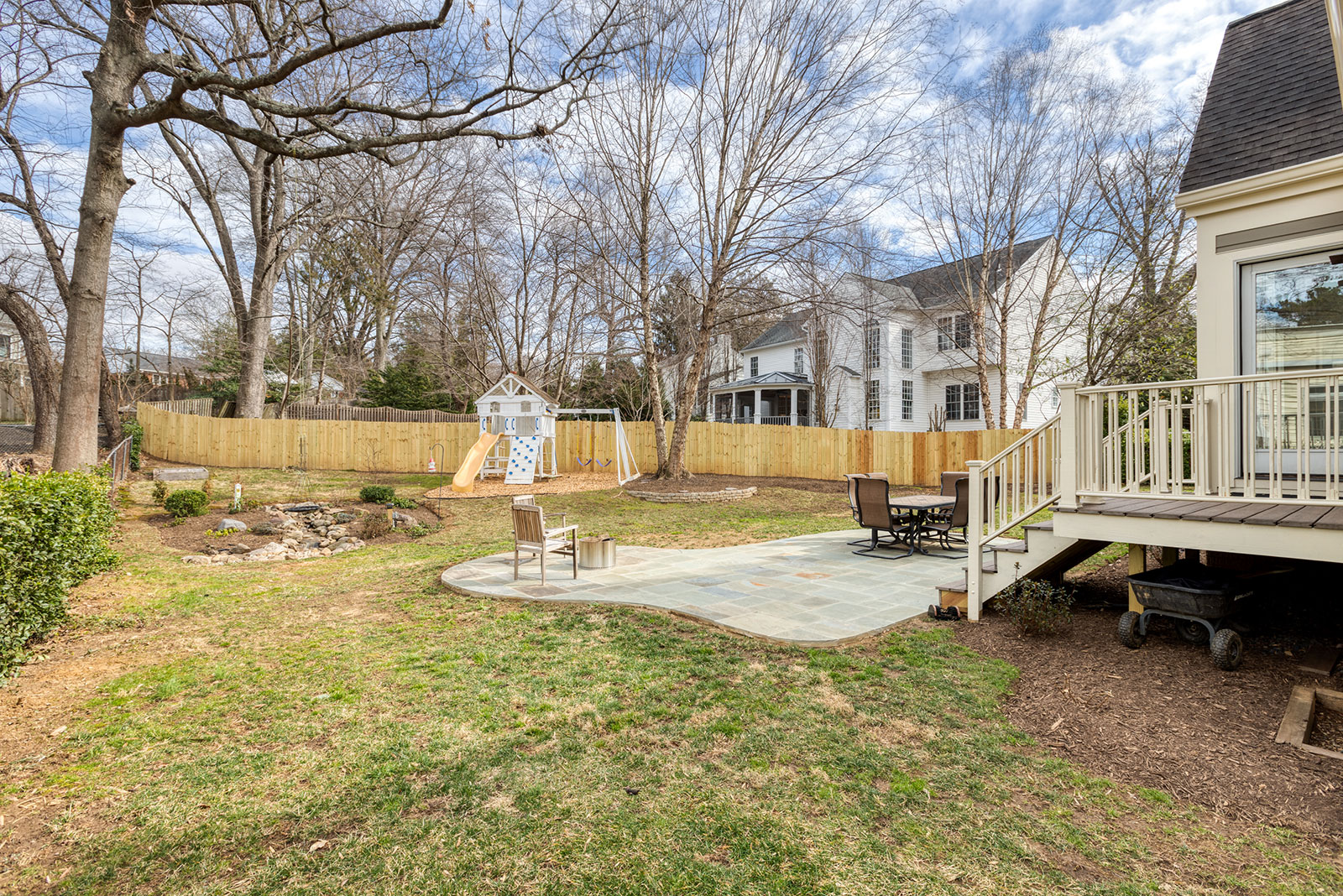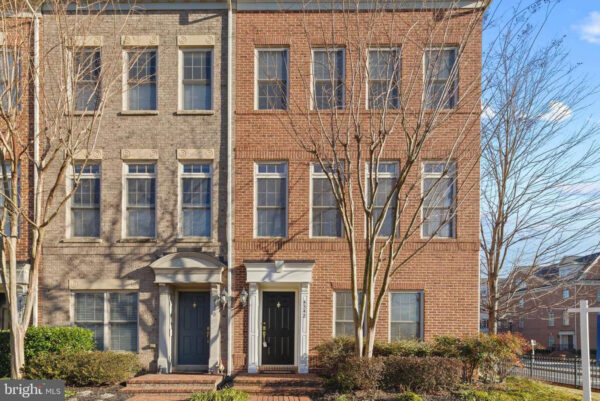Title insurance is boring, but Allied Title & Escrow is here to decode the jargon and make it (somewhat) more interesting. This biweekly feature will explore the mundane (but very necessary!) world of title insurance while sharing interesting stories of two friends’ entrepreneurial careers.
Once you have an accepted offer on a home, it’s time to close and pass the keys to the new owner.
Thanks to technology, the buyer and the seller no longer need to be in the same room at the same time. Closings can take place in one of our DMV office locations, but what if a buyer or seller cannot be physically present in the office to sign at settlement?
Remote Online Notarization (RON)
Social distancing during the pandemic accelerated the need for remote closings options. In 2021, 40% of sellers who closed with Allied Title opted to sign using Remote Online Notarization (RON), a fully remote home closing.
Using a platform called Notarize, sellers and all-cash buyers can complete the entire closing process from the comfort of their homes. Closings take place in a virtual room via webcam after an ID verification process has been completed.
Hybrid Closing Method
Buyers who are financing must get lender approval first to sign using RON. Most lenders utilize a hybrid closing method which allows the buyer to electronically sign documents that do not require a notary before the actual closing date. “Wet signatures” are still required on mortgage documents like promissory notes and other notarized closing paperwork. Once the closing date arrives, the remainder of the closing documents can be signed in person before a notary or closing agent.
Close at Topgolf!
When you close with us at Topgolf, you’ll enjoy an unforgettable closing experience. We currently offer closings in three Topgolf locations: National Harbor, Loudoun and Germantown. At Allied Title, our mantra is “Close anywhere, anytime.” In addition to in-office and remote online closings, we can have a vetted closer come to you! Before your closing, we can discuss which option works best for you. See you at settlement!
Have questions related to title insurance? Email [email protected]. Want to use Allied Title & Escrow when you buy a home? Tell your agent when you buy a house to write in Allied Title & Escrow as your settlement company!




